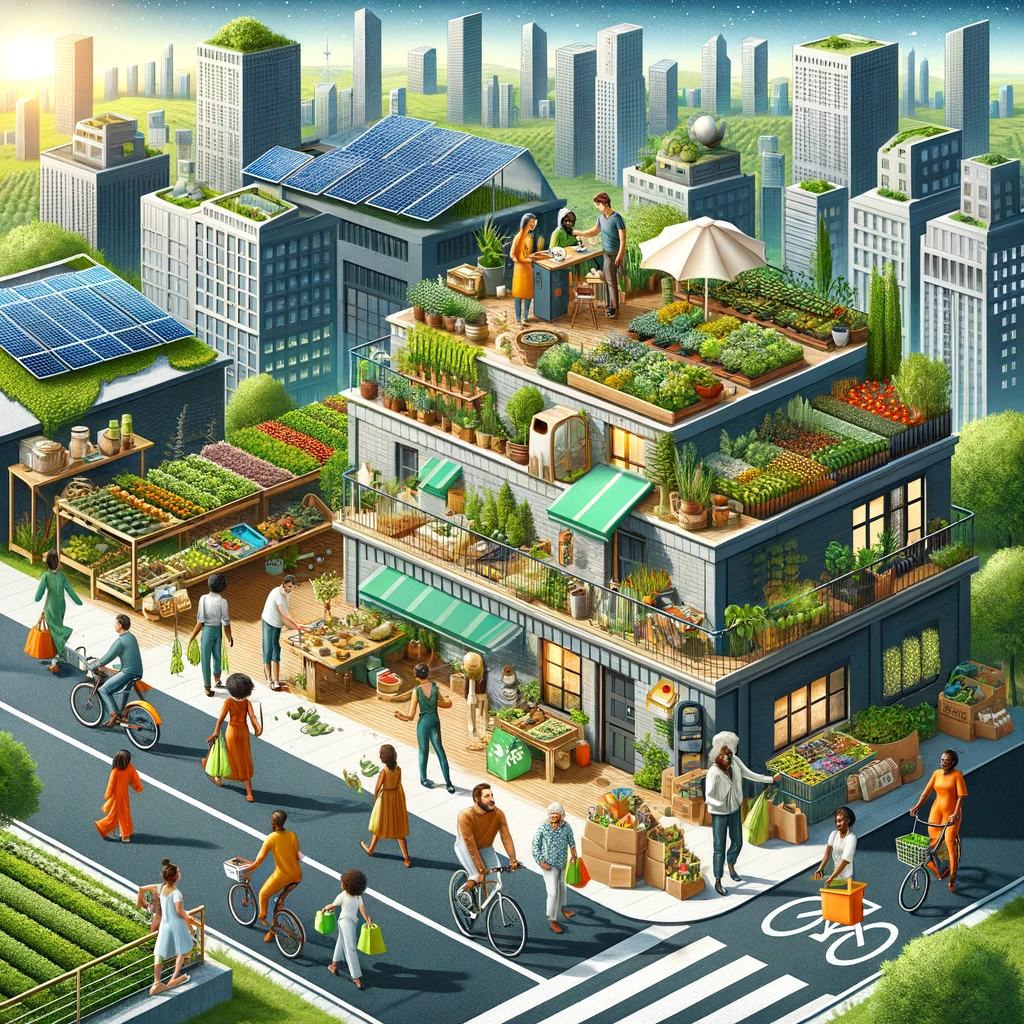![]()
Introduction
In an era where climate change and environmental degradation are at the forefront of global concerns, sustainable living has transitioned from a niche interest to a necessary lifestyle change. Sustainable living involves making choices that reduce an individual’s or society’s environmental impact by preserving natural resources and promoting a healthy planet for future generations.
Why Sustainable Living Matters
Our planet’s resources are finite, and the way we live impacts their availability. Excessive consumption and waste contribute to environmental issues like pollution, deforestation, and climate change. Sustainable living addresses these problems by advocating for the responsible use of resources. It’s not just about protecting the environment; it’s about ensuring that future generations inherit a world where they can thrive.
Environmental Concerns
Every product we buy or throw away takes a toll on the environment. From the energy used in production to the pollution generated during disposal, our daily choices significantly impact the planet. Sustainable living encourages us to be more mindful of these choices.
Resource Conservation
Sustainable living also involves conserving resources like water, energy, and raw materials. Simple actions, like fixing leaky faucets or choosing energy-efficient appliances, can have a big impact.
Impact on Future Generations
Our actions today shape the world of tomorrow. Living sustainably ensures that we leave a healthy planet for future generations. It’s about creating a legacy of stewardship and respect for the environment.
Simple Steps to a Sustainable Lifestyle
Sustainable living doesn’t require a complete lifestyle overhaul. Small changes can make a big difference.
- Reduce, Reuse, Recycle: Minimize waste by reducing consumption, reusing items, and recycling whenever possible.
- Conserve Energy: Turn off lights and appliances when not in use, and consider renewable energy sources.
- Support Eco-Friendly Products: Choose products made from sustainable materials and produced in an environmentally friendly manner.
- Mindful Transportation: Opt for walking, cycling, or public transport to reduce your carbon footprint.
Challenges and Solutions
Adopting a sustainable lifestyle can be challenging, with obstacles like convenience, cost, and accessibility. However, there are solutions. Many sustainable products are now competitively priced, and community initiatives often provide access to recycling and composting. The key is to start small and gradually incorporate more sustainable practices into your life.
Conclusion
Sustainable living is not just a trend; it’s a necessary shift in how we interact with our environment. By taking small steps towards sustainability, we can make a significant impact. It’s about making choices that respect and protect our planet, ensuring a healthy, vibrant world for generations to come.
